PCBX.com Resources
Your source for industry knowledge, news, and expert insights

Latest Posts
Article

IPC-A-610 ensures global standards for PCB assembly, covering component placement, soldering, labeling, and training, enhancing quality and reliability.
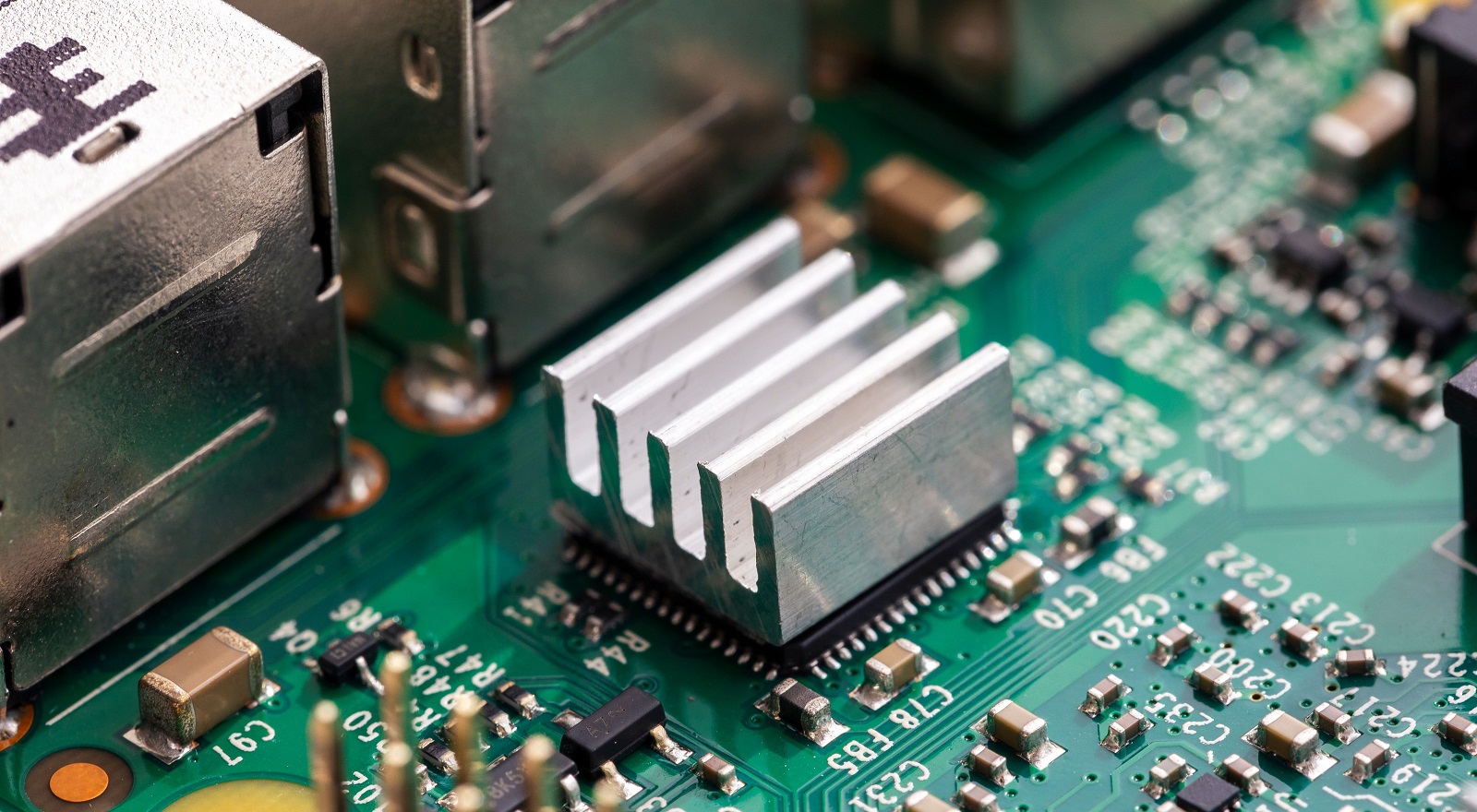
SMD heat sinks dissipate heat to prevent component failure, enhance reliability, and support compact designs, essential for modern, high-performance electronics.
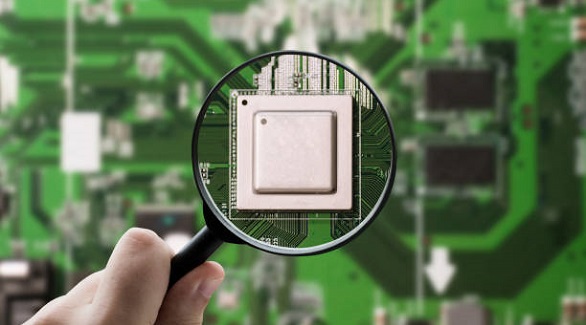
ARM processors are efficient and flexible, ideal for many applications, while FPGAs offer custom parallel processing, crucial for specialized tasks requiring flexibility.

Embedded PCB components enhance space efficiency, reliability, and performance, driving innovation in compact electronics for consumer, automotive, and medical applications.
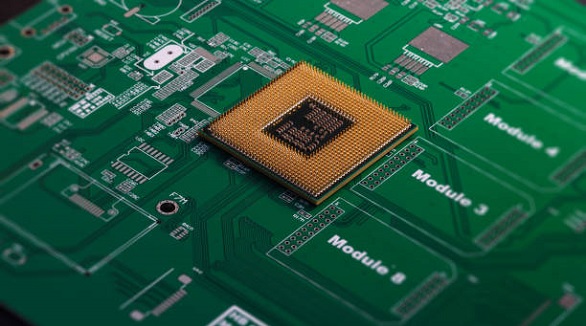
PCB pads connect components on circuit boards. Understanding through-hole, surface-mount, and BGA pads is key for effective PCB design and manufacturing.
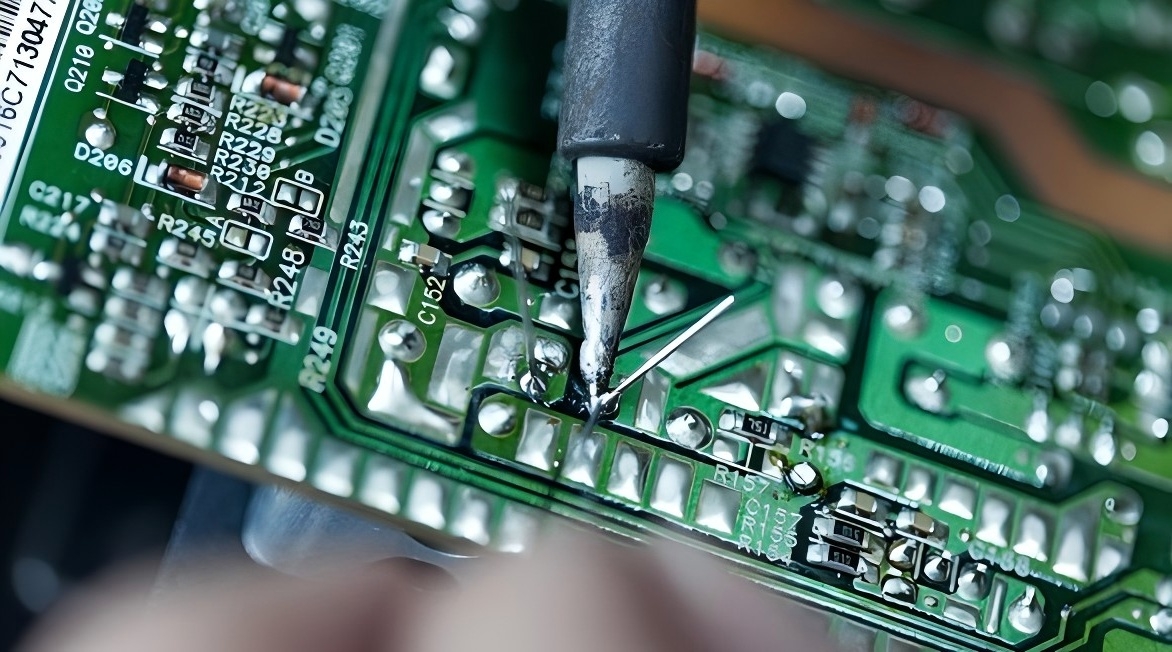
SMD offers stability and control in PCBs, ideal for high-density uses. NSMD provides flexibility and stronger joints, better for mechanical tolerance.
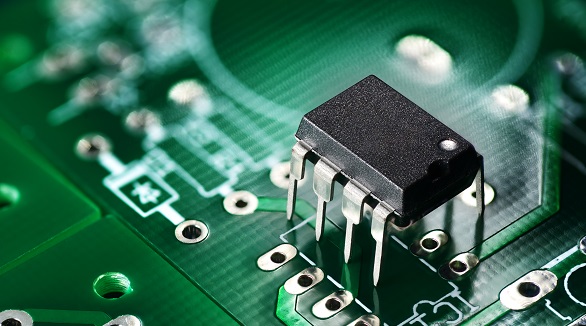
DIP is a basic, cost-effective IC package with dual-row pins, offering ease of use and reliability but taking more PCB space. It's ideal for prototyping and durable applications.
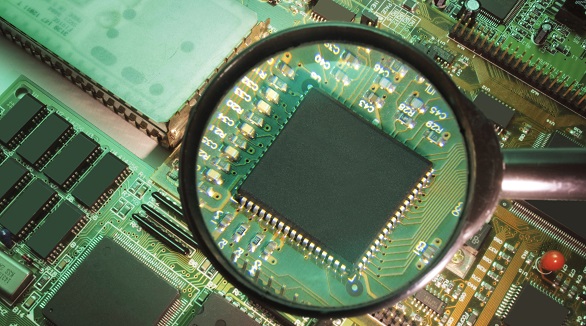
SMT has transformed electronics manufacturing by enabling automation and miniaturization, leading to more efficient assembly processes and the production of high-quality, compact electronic devices.